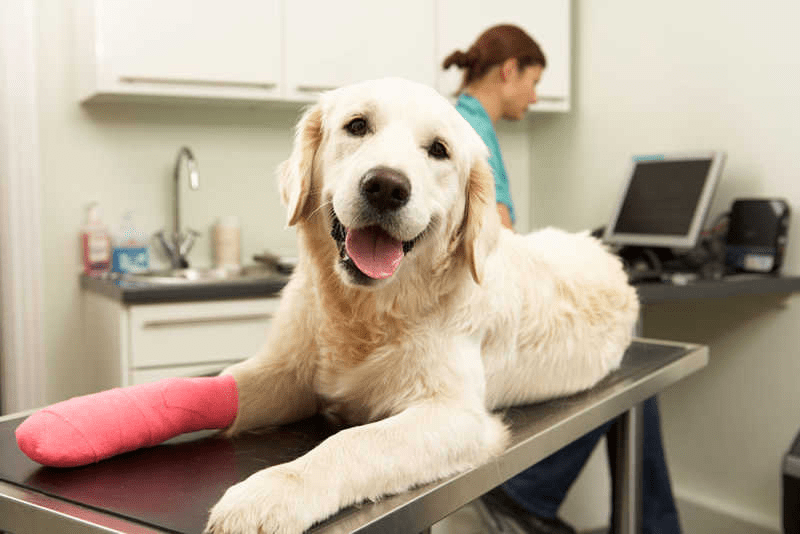
The National Association of Insurance Commissioners members pass a Pet Insurance Model Act to establish appropriate regulatory standards for the pet insurance industry, which has annual premiums of approximately $2.8 billion in total in-force premiums in 2021 (up over 30.5% from $2.175 billion in 2020) and over 4.41 million insured pets across North America, up 27.7% from over 3.45 million pets insured in 2020, according to the North American Pet Health Insurance Association.
Insurance policies are usually broken down by the type of pet being insured and some companies allow the owner to choose their veterinarian. The actual monthly cost of the policy will depend on many variables, including the species of animal, breed, gender, age, location, and the coverages and deductible chosen.
This model law establishes clear rules for the sale of pet insurance and provides important disclosures to pet owners interested in purchasing this product. Now, it is up to the states to see if they would like to adopt or modify the model law for this regulatory framework to be in effect.
Beth Dwyer, Superintendent of Insurance for the Rhode Island Department of Business Regulation
Most policies pay on a reimbursement basis and are not transferable to other pets, but with written approval and consent, some policies can be transferred to new owners.
Key elements of the model include:
Consumer Protections:
The model codifies several consumer protections related to policy renewals, required disclosures of waiting periods, policy limits, conditions, benefit schedules, and more. Robust disclosures allow consumers to affirmatively choose the policy that is best for them in a world with dozens of available options.
Preexisting Conditions:
The model limits how insurers can deny pet insurance claims related to preexisting conditions of covered pets. And the onus is put on the insurer to prove those preexisting condition limitation applies.
Wellness Programs:
The model explicitly requires insurers and their producers to clearly differentiate pet wellness programs from insurance policies to help eliminate consumer confusion between insurance policies and non-insurance wellness programs.
Training Requirements:
The model codifies training for insurance producers to ensure that producers are appropriately prepared to present information to consumers.
Pet insurance is similar to health insurance for humans. It includes exclusions, various levels of coverage, deductibles, and payment limits. Some carriers have different levels of coverage for the customer to choose from, while other carriers have one-size-fits all type plans.
Most pet insurance companies exclude pre-existing conditions and hereditary or congenital conditions. Some insurance companies will not accept pets after a certain age and many companies have waiting periods before benefits begin.
Pet insurance companies typically divide their products into 3 main categories:
- accident-only
- accident and illness
- wellness coverages
Each level offers specific services that are covered and excluded and will vary by price.
Reimbursement methods can be slightly different among companies. Some companies use a benefit schedule, which reimburses policyholders based on the illness or injury and the coverage level chosen. Other companies reimburse percentages based on the amount spent by the policyholder.
Although pet insurance is not for everyone, consumers who are considering it should do their research. There are many online education centers dedicated to pet insurance which include policy and company reviews, term definition and explanations, and questions consumers should ask of themselves and the companies they are considering.
by Yana Keller




